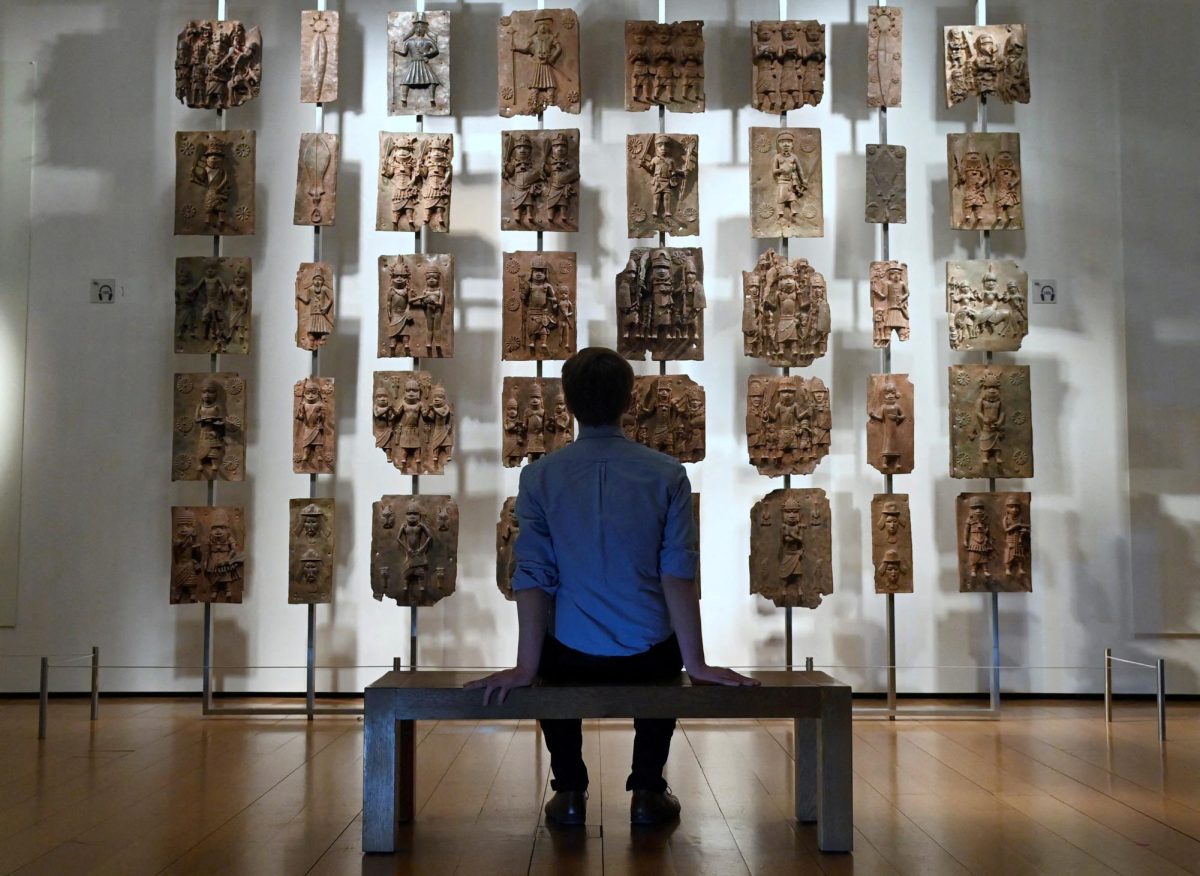On a quiet September afternoon, an Archer student walks home from her late bus stop. It is 6:30 p.m., and the sun has almost set. She passes gas stations, stores and houses, eventually turning onto an uneven sidewalk under dimly lit street lights. Her phone is on 3% — she’s almost home. Suddenly, she hears a little rustling in the bushes that gets her heart racing. She looks around, but sees nothing. Her mind, however, begins drowning in a whirlpool of worries and what-ifs.
“What if I am not alone on this street?”
“What if my phone dies and I cannot call anyone?”
But most urgently, “What if I need to defend myself?”
Many teenagers can relate to this story. Most high school girls have had a moment where they see a white van following a little too close or see the same person behind them a few too many times for comfort. While the situation is usually harmless, it still gets our hearts racing and our palms sweating. But do we have to feel like a deer in headlights every time we face danger? Will it always be this way for teenagers?
According to Orion Security, “750,000 students in the U.S. aged from 12-18 years have directly experienced violent crimes.” A 2021 study from Gallup revealed that “[40%] of Americans, the most in three decades, say they would be afraid to walk alone at night within a mile of their home.”
Although these statistics are alarming, they are not meant to scare us. Instead, they help us understand the importance of teaching students how to protect themselves and set healthy boundaries — two skills taught in Archer’s empowering and relevant self-defense program.
Every year, sophomores engage in a 12-week IMPACT self-defense course on Archer’s campus in place of their fitness block. IMPACT is the longest-running self-defense program in Southern California, and their mission statement is to ensure every person, no matter their identity, feels safe and aware throughout their daily life. Led by qualified instructors, students learn about awareness, boundaries, verbal and physical self-defense and primarily, how to avoid physical confrontation.
Self-defense instructor Danielle Joy described how the course covers the most common incidents reported to the Department of Justice.
“The most common one is the confrontation sequences,” Joy said. “We also cover surprise attacks … What happens if you end up on the ground? It seems like it’s a position of vulnerability but we teach you how to make it a position of power. We also do touch on setting boundaries of people we know because we recognize that statistically speaking, most assaults are committed by a person that we are familiar with in some way.”
With verbal guidance from an instructor, students practice specific skills such as kicking, kneeing or hitting all on a second padded instructor. At the end of the course, students combine their verbal and physical skills to defend themselves in a simulation of a confrontation.
As an editorial board, we recognize the immense value in Archer’s built-in curriculum, especially as a girls school. Data from a survey conducted by World Metrics found “70% of women reported being harassed while walking alone at night.” Additionally, World Metrics wrote that “1 in 3 women worldwide have experienced physical or sexual violence.”
Our society conditions women to constantly be nice and polite; many women have a hard time saying “no” through their daily life because they fear they will come off as rude. These unwritten societal expectations make women more vulnerable to violence, as they discourage assertiveness. Being self-assured is essential in setting personal boundaries and drawing lines where necessary. Thus, it is crucial to empower girls at a young age to say “no.”
Joy said she is glad students at Archer learn to set boundaries and gain self-confidence through this program.
“I’m happy that we’re teaching young [women] at such an early age how to set boundaries,” Joy said. “There are so many women that I teach who are in their 30s or 40s or 50s, who have never been told they’re allowed to say ‘No.’ And getting students while they are 15, 16 [or] 17 years old and learning how to say no then means they have a lifetime of different opportunities. They might not have the same experiences, but that’s for the better because they know what they’re worth.”
Furthermore, teenagers are often less aware of their surroundings, whether they are walking with their eyes glued to their phones or daydreaming while crossing the street. This makes it paramount that students learn the importance of heightened situational awareness, something Archer’s self-defense curriculum builds through roleplaying attacks. Students also learn to trust their “gut feelings” or intuitions, no matter what.
All of these benefits lead us to believe that self-defense should be taught in all schools, especially in all-girls schools. In implementing these programs, schools all around the world can empower students globally to feel strong on their own and aware of their surroundings
Although collaborating with a self-defense company or teaching self-defense at all may not be feasible at every school, we believe schools should aim to educate students on the importance of setting boundaries whenever possible.
Let’s provide students with a safer walk home tonight.





















Ms. Geffen • Sep 23, 2024 at 11:08 am
This is a very well-written article! Thank you for sharing about the IMPACT program, current stats and what students are learning at Archer. I loved watching the video and getting a glimpse of the training! I participated in the IMPACT program as a HS student and still remember much of what I learned. I’m so glad our students have this opportunity. Great reporting, Editorial Board.